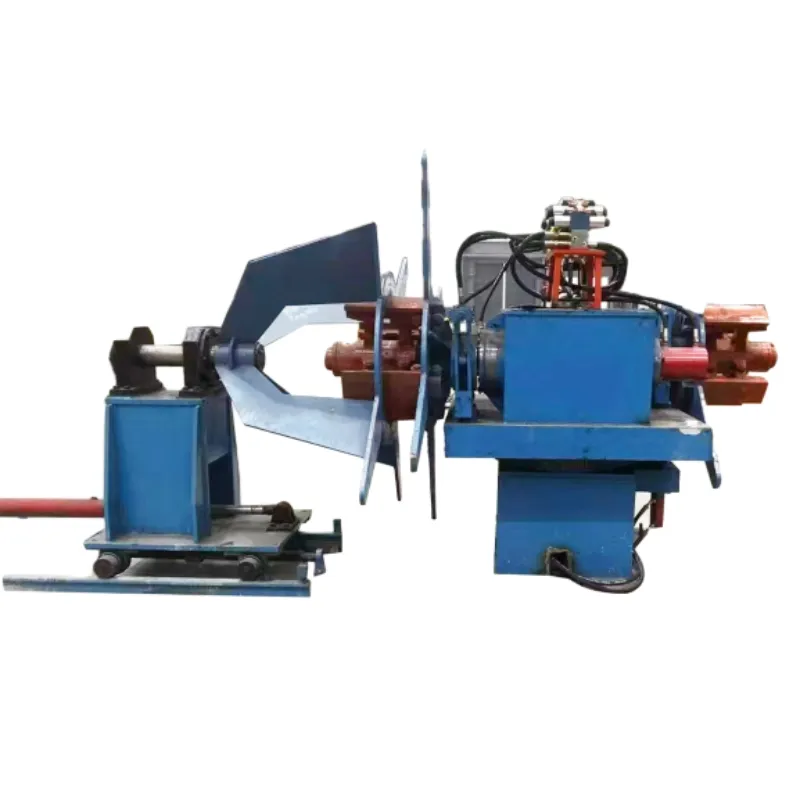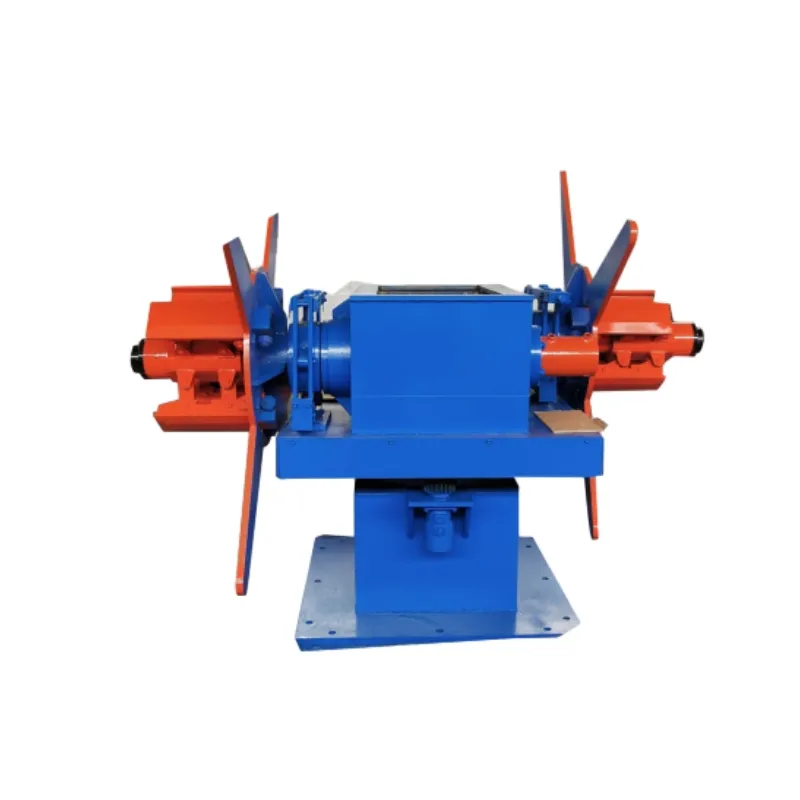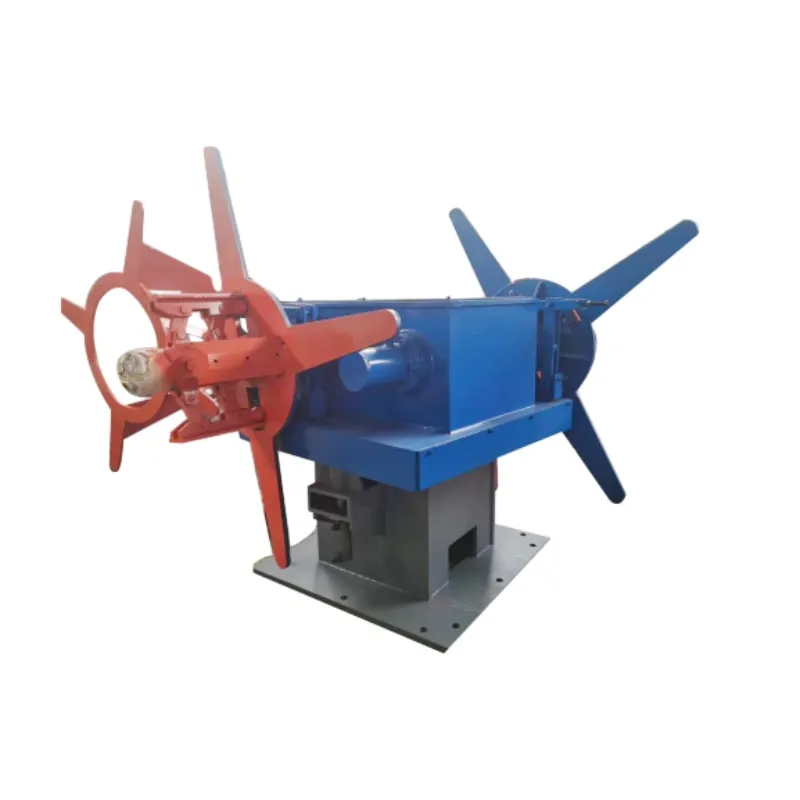Pro Hose Crimpers: Manual, Hydraulic & Electric for Sale
The Indispensable Role of Hose Crimpers in Modern Industry
In the intricate world of industrial machinery and fluid power systems, the integrity and reliability of hose assemblies are paramount. Central to achieving this critical reliability is the hose crimper, a specialized piece of equipment designed to securely attach fittings to hydraulic hoses, industrial hoses, and pneumatic lines. These machines ensure leak-free connections capable of withstanding extreme pressures, temperatures, and dynamic stresses, directly impacting operational safety, efficiency, and longevity. The demand for robust crimping solutions is steadily rising across diverse sectors, driven by advancements in automation, the increasing complexity of fluid transfer systems, and stringent safety regulations. Industry trends indicate a shift towards more automated, precise, and user-friendly crimping technologies, including sophisticated hydraulic and electric models.
The market now offers a wide array of crimping solutions, ranging from compact manual hose crimper units ideal for on-site repairs or low-volume applications, to high-capacity electric hose crimper and hyd hose crimper systems that form the backbone of large-scale manufacturing and assembly lines. Each type is engineered to meet specific operational requirements, emphasizing factors such as portability, crimping force, speed, and precision. This article delves into the critical aspects of modern hose crimpers, exploring their manufacturing excellence, technical specifications, diverse applications, and the factors that distinguish leading suppliers in this competitive landscape. Understanding these elements is crucial for B2B decision-makers seeking optimal solutions for their operational needs.
The Manufacturing Excellence of Modern Hose Crimpers
The production of a high-quality hose crimper is a testament to precision engineering and robust manufacturing processes. Typically, these machines are constructed from high-grade alloy steels and durable composites, chosen for their superior strength, wear resistance, and ability to withstand repetitive high-pressure operations. The core components, such as the crimping head, ram, and die sets, undergo rigorous manufacturing steps. These often include advanced casting or forging techniques to create robust foundational structures, followed by precision CNC (Computer Numerical Control) machining. CNC processing ensures exact tolerances and perfect alignment of moving parts, which are critical for achieving consistent and accurate crimps.

Quality control is integrated at every stage, with components subjected to stringent testing according to international standards such as ISO 9001 for quality management and ANSI (American National Standards Institute) for performance criteria. This includes material composition analysis, hardness testing, dimensional verification, and simulated operational load tests to predict lifespan and ensure reliability. A well-manufactured hyd hose crimper is designed for an extended operational life, often exceeding 10 years with proper maintenance, even under demanding industrial conditions. These machines are indispensable across a broad spectrum of industries, including petrochemicals (for high-pressure fluid transfer), metallurgy (for hydraulic systems in heavy machinery), and water supply/drainage (for robust pipe connections). Their inherent advantages, such as enabling energy-efficient fluid transfer systems by minimizing leaks and offering superior corrosion resistance through high-quality materials and coatings, make them a cornerstone of modern industrial infrastructure.
Understanding Hose Crimper Technical Specifications
Selecting the appropriate hose crimper requires a thorough understanding of its key technical parameters. These specifications dictate the machine's capabilities, efficiency, and suitability for specific applications. The tables below provide a general overview of critical parameters you might encounter when evaluating different crimper models, from portable manual units to industrial electric and hydraulic systems. Understanding these metrics is vital for optimizing crimping operations and ensuring long-term performance.
Key Technical Parameters of Hose Crimpers
These parameters collectively determine the suitability of a hose crimper for specific industrial applications. For instance, a high crimping force is essential for multi-spiral hydraulic hoses used in heavy machinery, while a broad crimping range allows for versatility across different hose and fitting types. Advanced models often feature digital control systems for precise crimp diameter settings and automated functions, further enhancing efficiency and consistency.
Application Scenarios and Technical Advantages
The versatility of the hose crimper extends across countless industrial applications, each demanding specific crimper characteristics. A hyd hose crimper, for instance, is the workhorse in heavy construction, mining, and agricultural sectors, where its immense crimping force ensures the integrity of hydraulic lines carrying fluids at pressures up to 6,000 PSI (413 bar). These applications benefit from the machine's robust construction and ability to create permanent, leak-proof seals, crucial for preventing costly downtime and enhancing worker safety.

Conversely, the manual hose crimper finds its niche in mobile service vans, emergency repairs, and small workshops where portability and simplicity are prioritized over high volume. Despite their manual operation, modern designs offer surprisingly precise crimps for low to medium-pressure applications, making them invaluable for quick fixes in remote locations. For higher volume, precision-driven environments such as automotive manufacturing, aerospace, and general industrial assembly, the electric hose crimper provides a balance of power, speed, and automation. Its technical advantages include consistent crimping results, reduced operator fatigue, and often, integrated digital controls for precise calibration and quality assurance. These systems contribute to significant operational efficiencies, reducing material waste and ensuring product reliability.
Beyond specific machine types, the overall technical advantages of a well-engineered hose crimper include superior crimp accuracy, which minimizes leaks and extends hose assembly lifespan; operational efficiency, achieved through faster cycle times and reduced manual effort; enhanced safety, by preventing unexpected hose failures; and cost savings, derived from reduced maintenance, material waste, and extended equipment uptime. Investing in the right crimping technology directly translates into improved productivity and a stronger competitive edge.
Manufacturer Comparison and Customization Solutions
When sourcing a hose crimper for sale, B2B buyers face a myriad of choices from global manufacturers. Distinguishing between them involves evaluating not only product specifications but also service capabilities, industry reputation, and the potential for customized solutions. Below is a conceptual comparison table highlighting key differentiation points among various types of manufacturers.
Manufacturer Comparison Overview (Conceptual)
Beyond standard models, leading manufacturers increasingly offer customization solutions. This includes tailoring crimping force, die design, control systems (e.g., integration with existing PLC systems), and even machine footprint to fit specific production line layouts. Such bespoke solutions optimize workflow, reduce integration complexities, and ensure the hose crimper perfectly aligns with unique operational demands. When evaluating a potential supplier, inquire about their R&D capabilities, their history of successful custom projects, and their ability to provide comprehensive engineering support throughout the entire lifecycle of the equipment. A flexible manufacturer capable of adapting their standard models or designing new ones based on customer input offers significant long-term value.
Real-World Application Cases and Client Success
The true value of a hose crimper is best demonstrated through its performance in demanding real-world scenarios. Consider a major construction equipment manufacturer that adopted a high-volume hyd hose crimper with automated die changes. This transition resulted in a 30% increase in daily hose assembly output and a significant reduction in error rates, directly attributable to the crimper's precision and consistent performance. The client reported enhanced overall production efficiency and fewer quality control rejections, leading to substantial cost savings.

Another compelling example involves a company specializing in offshore oil and gas operations. They faced challenges with frequent hose failures in harsh marine environments, leading to expensive unplanned shutdowns. By implementing a specialized corrosion-resistant hose crimper that could handle large-diameter, multi-spiral hoses, and by following the manufacturer's recommended maintenance schedule, they achieved a remarkable 95% reduction in hose-related failures over two years. This not only improved operational continuity but also significantly boosted safety compliance on their platforms. Client feedback consistently highlights factors such as ease of use, durability under heavy loads, and the reliability of after-sales service as key decision-making criteria when purchasing a hose crimper for sale. Reputable providers often share detailed service cases, demonstrating their ability to diagnose and resolve complex technical issues, ensuring maximum uptime for their customers.
Ensuring Trust: Certifications, Quality, and Support
Establishing trust in the B2B sector for equipment like a hose crimper hinges on a manufacturer's commitment to quality, adherence to international standards, and robust customer support. Certifications such as ISO 9001 (Quality Management Systems) and ISO 14001 (Environmental Management Systems) are fundamental indicators of a company's dedication to consistent quality and responsible manufacturing practices. For specific industries, compliance with standards like FDA (Food and Drug Administration) for certain applications or CE marking for European markets, provides additional layers of assurance regarding product safety and performance.
A transparent manufacturer will readily provide documentation of their internal testing protocols, including cycle testing, pressure resistance testing, and material integrity checks, often surpassing minimum industry requirements. When considering a hose crimper for sale, it is crucial to inquire about the manufacturer's service history, average service years in the industry, and their network of certified service technicians. Furthermore, clear terms regarding delivery schedules, comprehensive warranty policies (e.g., 1-year or 2-year parts and labor warranty), and readily available customer support (technical assistance, spare parts, training programs) are non-negotiable elements that build long-term relationships and ensure operational continuity for the buyer. These factors collectively contribute to a reliable and trustworthy partnership, vital for safeguarding your investment and maximizing your operational efficiency.
Frequently Asked Questions (FAQ) about Hose Crimpers
- Q: What is the primary difference between a hydraulic and an electric hose crimper?
A: A hyd hose crimper uses a hydraulic pump to generate the force required for crimping, typically offering very high crimping forces suitable for large-diameter, multi-spiral hoses. An electric hose crimper uses an electric motor to power the crimping mechanism, often providing a balance of power, speed, and automation suitable for various industrial applications. Manual crimpers, while portable, rely solely on manual leverage.
- Q: How do I choose the correct die set for my hose crimper?
A: Die sets must match the specific hose diameter and fitting type. Manufacturers typically provide charts that correlate hose dimensions with the appropriate die sets. It's crucial to follow these guidelines to ensure a proper, secure crimp and prevent hose failure.
- Q: What maintenance is required for a hose crimper?
A: Regular maintenance includes checking hydraulic fluid levels and quality (for hydraulic models), lubricating moving parts, cleaning the crimping head and dies, and inspecting for wear or damage. Annual professional servicing is recommended to ensure optimal performance and longevity of your hose crimper.
- Q: Can a hose crimper be used for all types of hoses?
A: While versatile, specific crimpers are designed for certain hose types (e.g., hydraulic, industrial, thermoplastic). Always ensure your hose crimper and its die sets are compatible with the material and construction of the hose you intend to crimp. Using the wrong tools can lead to unsafe and unreliable assemblies.
Conclusion
The selection of a hose crimper is a strategic decision for any business reliant on fluid power systems. From ensuring operational safety and efficiency to reducing long-term maintenance costs, the right crimping solution is an indispensable asset. As industries evolve, the demand for more sophisticated, precise, and reliable crimping technologies will only grow. By prioritizing manufacturers that demonstrate expertise, provide robust technical parameters, offer comprehensive support, and embody trustworthiness through rigorous standards and certifications, businesses can secure a future of uninterrupted and highly efficient operations.
References
- Fluid Power Society. "Hydraulic System Design and Maintenance Best Practices." Journal of Fluid Power Systems, Vol. 45, No. 3, 2022.
- International Organization for Standardization (ISO). "ISO 9001: Quality Management Systems – Requirements." ISO Standards Handbook, 2020 Edition.
- American National Standards Institute (ANSI). "ANSI/B11.1-2009 Safety Requirements for Mechanical Power Presses." ANSI Standard Compendium, 2009.
- National Fluid Power Association (NFPA). "Fluid Power Reference Handbook." NFPA Technical Publications, 2023.
-
High Quality Enamel Cast Iron Grill Pan - BzZhou Xinghua Machinery Equipment Manufacturing Co., LTD.NewsAug.15,2025
-
High Quality Enamel/Pre-seasoned Camping Square Enamel Cast Iron Grill Steak Pan - BzZhou Xinghua Machinery Equipment Manufacturing Co., LTD.NewsAug.15,2025
-
Cast Iron Grill Pan- BzZhou Xinghua|Enamel Coating&Pre-SeasonedNewsAug.15,2025
-
Cast Iron Grill Pan-BzZhou Xinghua|Even Heating&Non-StickNewsAug.14,2025
-
High-Frequency Straight Seam Welded Pipe Production Line - BzZhou Xinghua Machinery Equipment Manufacturing Co., LTD.NewsAug.14,2025


